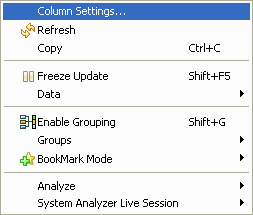Unless I use a constant string literal, the Log_printx() will only display "<String @[its address]>" instead of the actual string even though a string is a supported format specifier (%s). Is this a bug, or am I just doing something wrong? (See screen shot below.)

Oh, and in case it is suggested, in my original code, my char buffer was a global variable, not a stack variable, but I still got the same "<String @blah blah>" results. Also, it's not an implicit casting issue. My original code is casting it as "(IArg)((const char*) &szMsg[0])" but for screen shot purposes and width restrictions, I removed the cast since I get the same results anyway.









